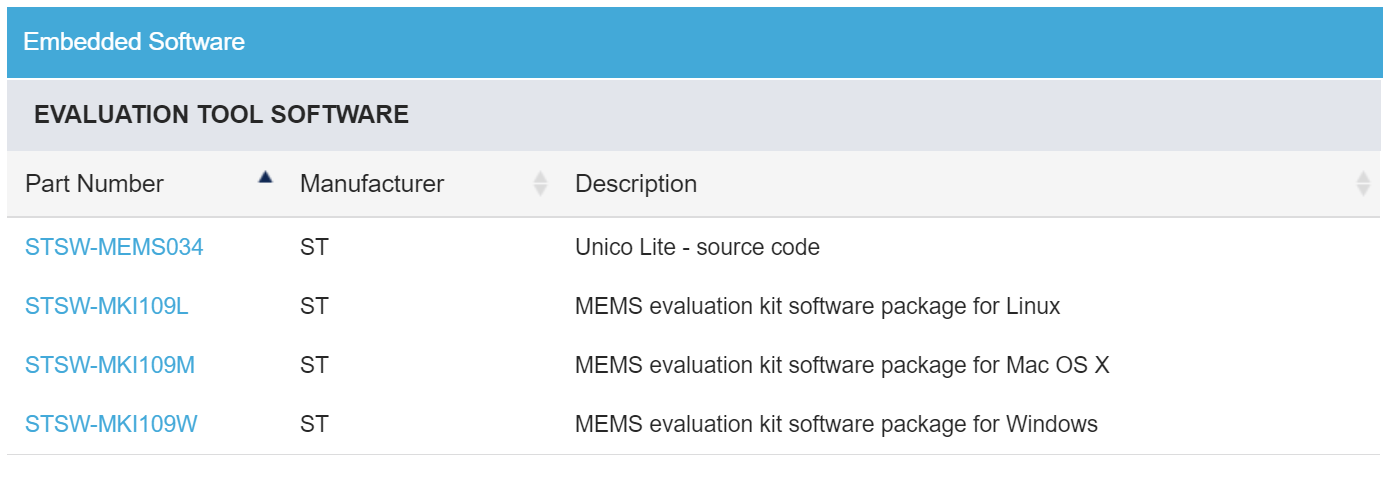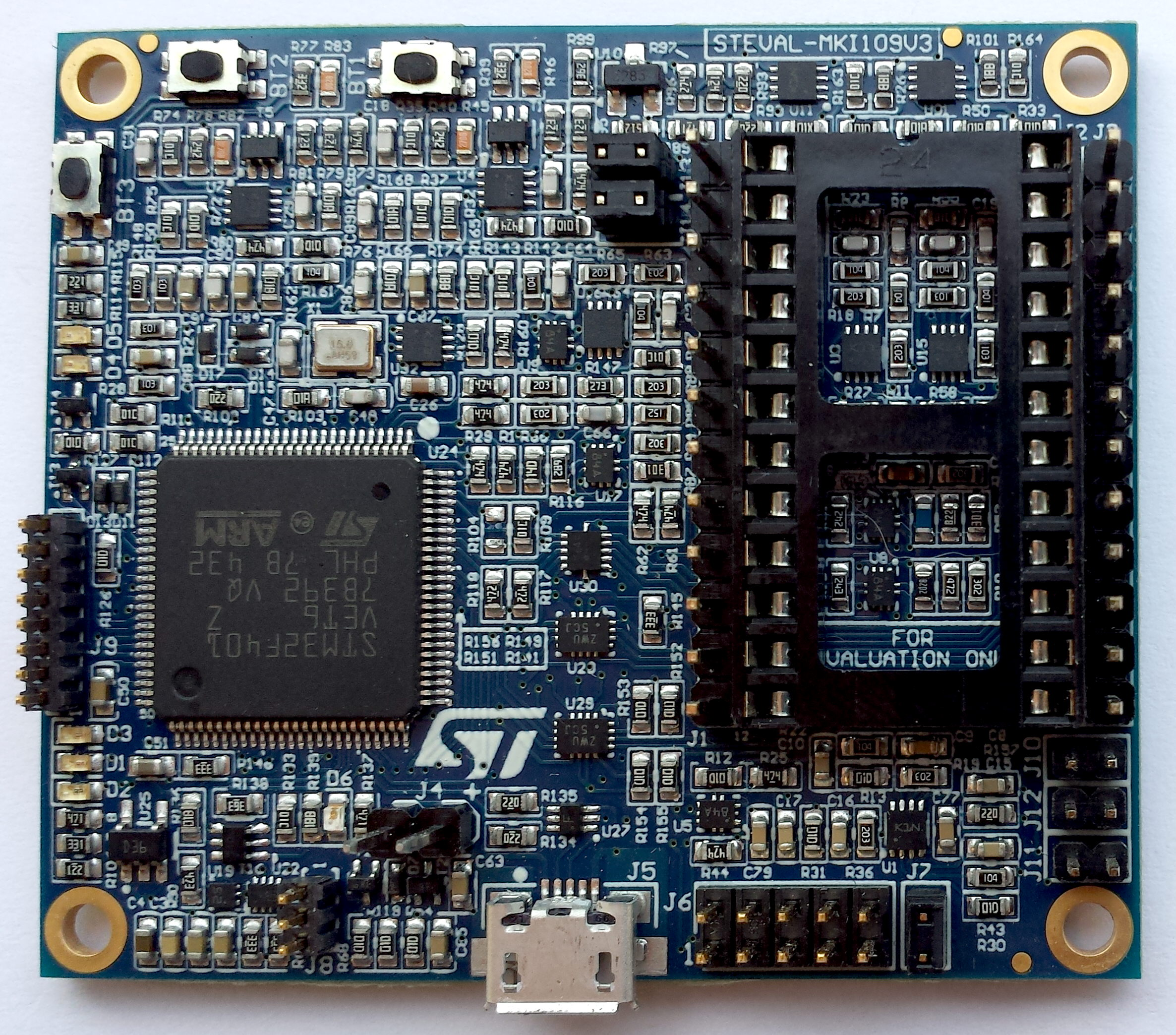By Aalyia Shaukat, contributing writer
Microelectromechanical systems (MEMS) technology is prolific when it comes to implementing sensor nodes for IoT and wireless sensor networks (WSNs). These MEMS sensors allow for smaller form factors and low power consumption with often better performance than macroscale sensors and actuators. Configuring this technology, however, has been a challenge for designers due to the difficulty in interfacing with these components.
A few challenges for designers looking to integrate MEMS devices into their products include the need for specialized adaptors and the lack of an all-purpose controller. Over the past several decades, MEMS researchers and developers have demonstrated an extremely considerable number of microsensors for almost every possible sensing modality including temperature, pressure, inertial forces, chemical species, magnetic fields, and radiation. Many of these micromachined sensors have demonstrated performance exceeding those of their macroscale counterparts. It is reasonable to expect that with improved MEMS performance compared to existing solutions, an easier means of controlling it must be developed.
The Profi MEMS Tool development platform
The STEVAL-MKI109V3 motherboard is a new motherboard that enables the evaluation of STMicroelectronics’ MEMS products. The new board leverages a powerful Arm Cortex-M4 microprocessor that allows it to simultaneously communicate with multiple sensors and display results in real time. Readings from the sensors are read by the motherboard and are displayed over a graphical user interface (GUI) on a computer. The STEVAL MKI109V3 is cross-platform and can be used with Windows, Mac, or Linux. The Profi MEMS Tool is priced at $85.75 and is available directly from ST and its distribution network.

Software evaluation packages are available for Linux, Mac, and Windows operating systems.
The microcontroller
The STM32F401VET6 high-performance microcontroller (MCU) is both powerful and energy-efficient. The chips are equipped with DSP, SIMD, and MAC instructions that simplify the overall system design, software development, and debug ― making this system highly adaptable. The MCU can also accelerate single-precision floating-point operations up to 10 times over the equivalent integer software library with the optional floating-point unit (FPU). The microprocessor has also achieved exceptional 32-bit performance with low dynamic power, delivering leading system energy efficiency due to integrated software-controlled sleep modes, extensive clock gating, and optional state retention. All features of the Arm M4 are put to use in the STEVAL-MKI109V3 motherboard.
The motherboard
The new motherboard is meant for developers and is, therefore, all-purpose. The 32-bit microcontroller allows for powerful processing that can easily handle a variety of sensors. The board also features a DIL24 socket, which allows the mounting of all compatible digital and analog output MEMS devices. An adjustable power supply also allows the motherboard to be adapted to a variety of uses ― a trait which is especially useful for developers designing varied IoT/WSN devices. The platform is USB 2.0 full-speed-compliant and allows for USB microprocessor device firmware upgrades (DFUs).
With sensors shrinking in size and increasing in performance as well as the technological advancements in processing power/capabilities, the demand for a versatile platform that can support evolving hardware potentially allows for simpler prototyping and product development.

The DIL24 socket (right-hand side of PCB) allows for straightforward interfacing with various MEMS sensors (e.g., accelerometer, gyroscope, etc.). STMicroelectronics offers 17 different adapter boards fitted with these sensors for commercial off-the-shelf COTS MEMS compatibility.
The STEVAL-MKI109V3 motherboard with its multi-purpose design can lower the barriers for entry in the design and development of sensor nodes for a wide range of IoT applications including industrial IoT (IIoT), agricultural IoT, and commercial IoT. The GUI allows for simpler monitoring of multiple sensors and MEMS technologies.
While most open IoT platforms offer radio modules for the development of the RF front end (e.g., XBee), there are not very many platforms that enable the configuration of the respective sensors that often go along with them. The implications of such a platform are large as IoT devices continually grow in number and we see more and more sensors integrated into products across multiple industries, including consumer, industrial, and commercial.
Advertisement
Learn more about Electronic Products Magazine





